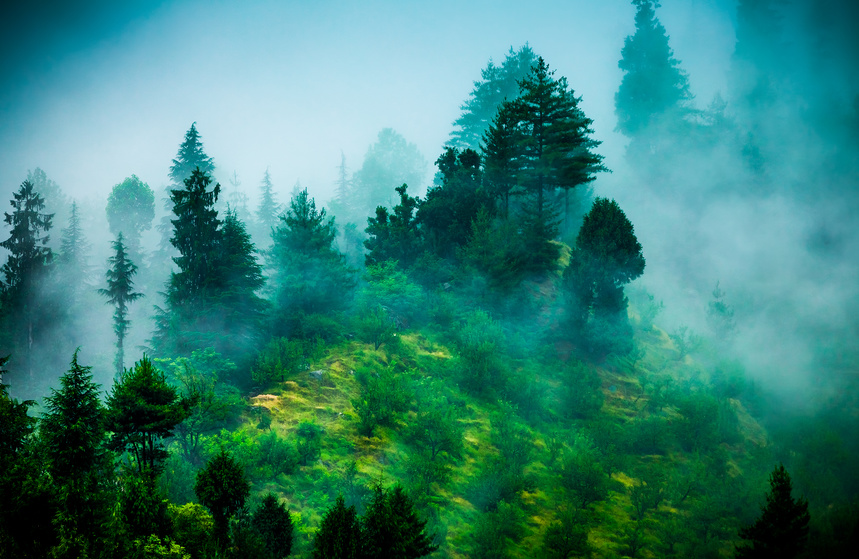Harvesting Water from Fog

Throughout the Southwestern region of the United States and many other parts of the world, water shortage is a large and complicated issue due to dry climates and limited water systems. To make matters worse, farmers and other people in need of great quantities of water tap into water supplies for irrigation and related activities. This puts a huge strain on both humans and the environment, so it will definitely be difficult to maintain these practices in the long term. Fortunately, recent developments in fog harvesting offers an opportunity for a more sustainable method of water usage in desert or high mountain environments.
While humans have attempted to survive in desert environments in the same way that they would while near plentiful sources of water, certain animals have used their traits survive in these areas. The Namib fog beetle is a creature that humans can learn from in order to thrive in dry climates. Each morning, this beetle collects water condensation from the fog on its back and uses the collected water to sustain itself. Researchers who have been studying the climate and organisms of dry African climates have suggested that humans follow the example of the Namib fog beetle and utilize the water provided by condensation in fog and clouds.
The first area to utilize this system of water collection for human use was the coastal desert of northern Chile in 1987. Previously a poor desert community that struggled to survive on a daily basis, Chile’s village of Chungungo experienced major gains from the new fog harvesting project. The fog harvesting project in Chile’s northern desert allowed Chungungo to flourish in both terms of quality of life and economics. With a steady supply of water now available to the community, locals took up farming trades and crops became a local product. This caused an influx of money to the area which allowed locals to buy luxury items and enjoy a higher standard of living.
While this may seem like a complicated process that would be difficult to implement throughout the world, fog harvesting is surprisingly simple. The process uses vertical shade nets near high-lying areas that simply collect any fog that blows into the trap. As water is collected, it runs down the net into gutter and then into a reservoir. The water from the reservoir is then distributed to where ever it is need within the community.
Fog harvesting is a simple but largely beneficial process that could remedy some of the problems experienced in the desert and high mountain regions of the world.
Sources:
Fog-Harvesting for Water
The Fog Collectors: Harvesting Water from Thin Air




